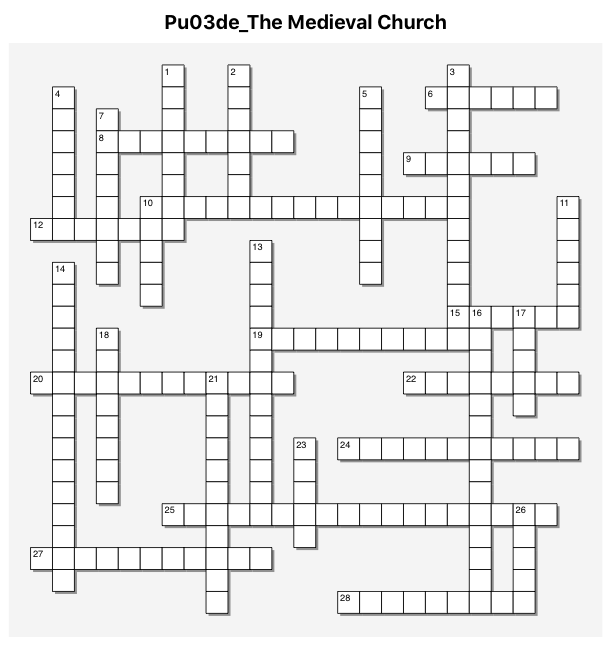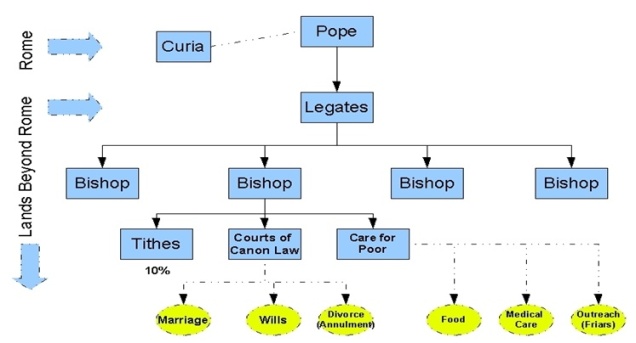The accompanying presentation to this slide by slide description can be accessed by clicking the link above.
Cover Slide: The Hagia Sophia is depicted here. See slide #7 for additional information.
Slide #2: Map of Western Europe in the early 6th C. CE.
A major contributor to the collapse of the Western portion of the Roman Empire was the migration/ invasions of nomadic and semi-nomadic peoples from the North and East. For centuries the Roman imperial army was able to repel these incursions and maintain relatively stable borders. That ended in the 5th C. CE.
These invaders are referred to as ‘Barbarians’ by Western texts. However, most had extensive exposure to the former empire and had diffused with it. The stereotypical image of a barbarian as being little more than a Neolithic nomad is false.
The naming of these ‘barbarian’ peoples is quite inaccurate as well. Goths (Ostrogoths and Visigoths) is a large category of peoples and NOT a distinct people. Major groups listed on the map include: Burgundians, Lombards, Saxons, Vandals, etc.
The Eastern portion of the Roman Empire will continue to live on for another 900 years around the former Greek city of Byzantium, to be renamed Constantinople. Historians in the West will rename the empire ‘Byzantine’ to distinguish it from the former empire that included the Western half. It should be noted, however, that imperial citizens of Constantinople still referred to themselves as ‘Romans’.
Slide #3: Constantinople. It’s location controlled the water passage from the Black Sea to the Mediterannean Sea. It was also a militarily strong location to defend from attackers.
Slide #4: This image shows a surviving section of the dual-wall perimeter that protected Constantinople from a land attack coming from the West. This was part of the wall designed under the Emperor Theodosius in the 5th C.
Slide #5: Mosaic depictions of Emperor Justinian and his wife, Theodora (6th C.).
Justinian reigned as emperor for many years and was at the helm for major achievements. Among these we would include: The Hagia Sophia, Corpus Juris Civilis, and reconquest of the former Western-half of the Roman Empire (temporarily).
Slide #6: Innovation continued under the Byzantine emperors. In this image we see the use of ‘Greek Fire’ to repel a sea attack.
Slide #7-8: The Hagia Sophia is depicted here. An architectural project sponsored by the Emperor Justinian (6th C. CE). Though built to serve as a church, it has gone through additional conversions over the centuries. The four towers around the structure are minarets added by the Islamic (Ottoman) Turks that conquered Constantinople in 1454. It now serves as a museum in the heart of Istanbul (formerly Constantinople).
The use of a dome to cap churches is a Roman cultural tradition that has survived until today. This tradition of placing domes on religious structures reaches back into the Roman classical age with the Pantheon being the stereotypical example.
The European Middle Ages will witness the absence of domed churches as the plans, skill, and materials necessary to construct a dome was ‘lost’ along with the Roman Empire in the West after 476 CE. It will not be until the Renaissance when Western Europe will see its next domed structure.
Slide #9: Corpus (Body) Juris (Law) Civilis (Civil) = Body of Civil Law.
Commissioned by Justinian, this compilation of Roman law was a legal and logistical achievement. Justinian had scholars comb the legal archives of the empire to consolidate and edit the statute books of the Roman Empire dating back to the Emperor Hadrian (2nd C.) His goal was to make the legal system nombre efficient by removing laws that were no-longer useful.
Slide #10: Several significant works by one of Justinian’s secretaries- Procopius. Since Procopius’ inflammatory accounts of Justinian’s private life (The Secret History) would surely have had him imprisoned and/ or sentenced to death, he waited to publish it after the emperor’s death.
Slide #11: A map of the Byzantine Empire at it’s height of size under the reign of Justinian.
Slide #12-13: A major holy site for Christians today has it’s origin with the Emperor Constantine, who also established Byzantium as a Eastern Roman capital city in the 4th C.
The church enshrines, on one end, the traditionally accepted site of Jesus’ crucifixion (Golgotha/ Calvary) and Jesus’ tomb on the other end.
Slide #14-15: These two slides begin to show the developing differences between the Christian Church that had developed under a Christian Roman Empire.
After the empire collapsed in the West, the influence of the migrating/ invading peoples contributed to a faith that was developing differently compared to the Eastern half of the empire that remained in Constantinople.
The Byzantine Empire gave birth to the Eastern Orthodox Church (Eastern Church). In this first image we see priests dressed in religious robes.
The Western half gave birth to the Roman Catholic Church (Western Church). In the second image we see a priest dressed in religious robes common to that Church.
Take note how the developing differences are showing up in the garb and the styles of Crosses (Crucifixes).
Slide #16: An image of icons in the form of small statues is shown in the upper-left. The lower-right is a modern image showing the interior of the Hagia Sofia.
A major religious rift between the two Churches was how to treat the use of icons (in the pre-Digital Age, icons were physical and in predominantly in the form of statues and paintings).
A movement referred to as ‘Iconoclasm’ (Icon Smashing) began to appear in the reign of Justinian, but shifted into significance a couple centuries later. The Western Church continued to have icons present in the churches during services, while there was a growing opposition to that practice in the Eastern Church. There were many in the Eastern Church who saw the presence of icons in religious services as a form of idol worship. Those who were against the use of icons were called ‘Iconoclasts’ (Icon Smashers). Sometimes, the dispute became so heated that violence broke out and spread from the churches to the streets of Constantinople in the form of riots.
Slide #17: Since 1054, when the Western and Eastern Churches officially split apart (The Great Schism), there have been repeated attempts by leaders of both Churches to reunify. All attempts, thus far, have failed to achieve that unity.


